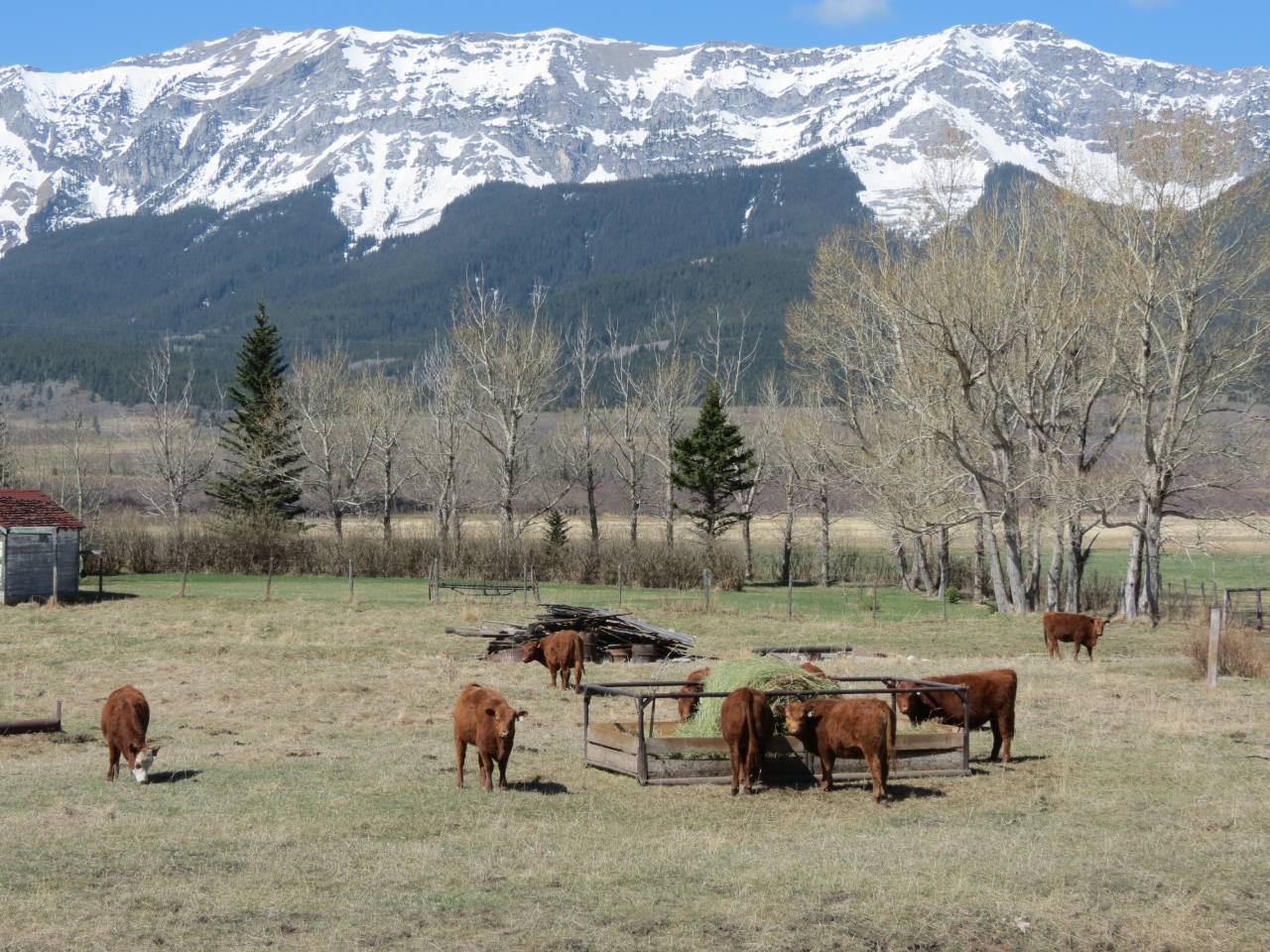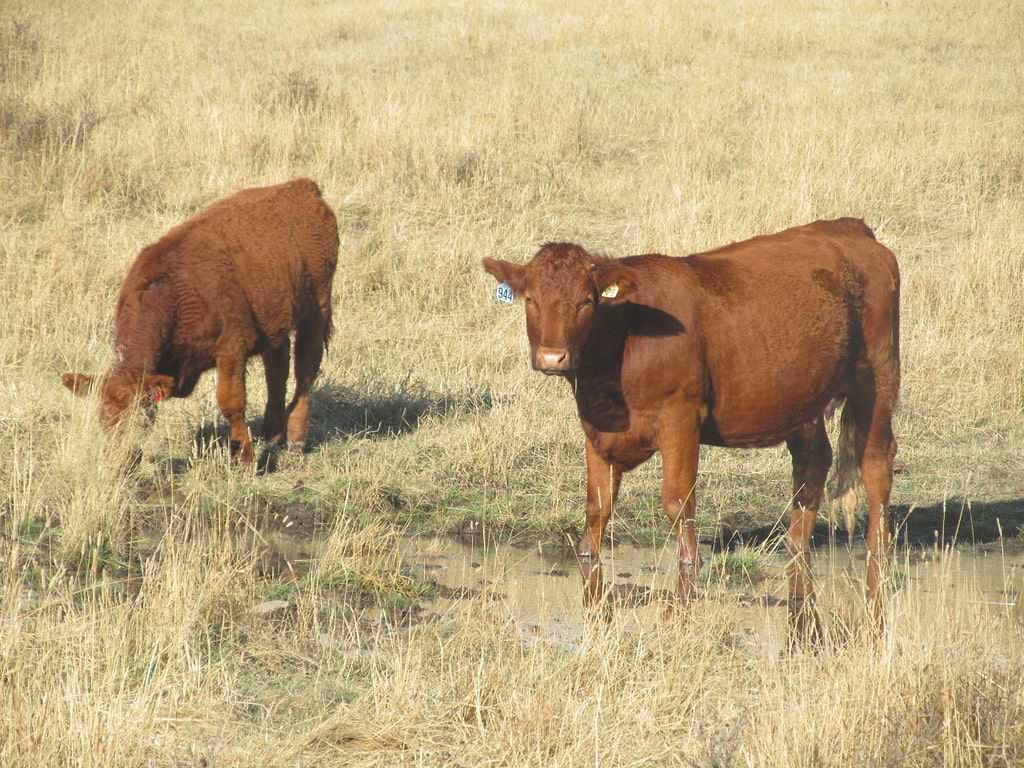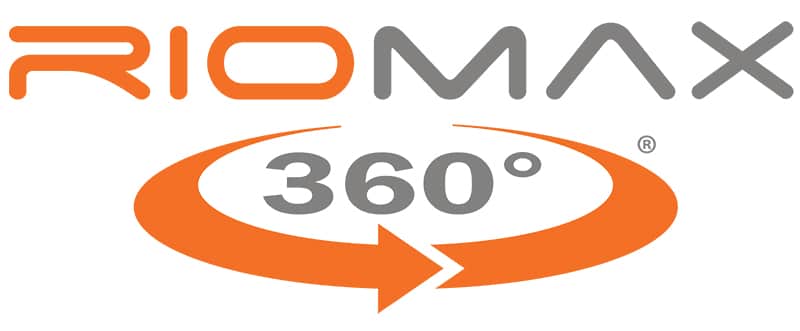Last updated on August 7th, 2024 at 10:28 am
Weaning can be one of the busiest, yet most rewarding times of the year. If all goes well, weaning time is when the cash starts to flow and profits are made known, or calves are weaned off the cow and put onto a dry feed ration. Whatever the case, they are transitioning into the next phase of their life.
Over the years, the Riomax® has worked with thousands of ranching operations, big and small. The core of our focus revolves around boosting ranchers’ profitability. We do this by stepping into your shoes. What is going to make a difference for you and your herd? That’s why we do protein differently, through indirect supplementation technology (IST). That’s why we only include 100% protected trace minerals in our products.
We’ve realized over time that everyone does weaning a little bit differently; we've seen strategies succeed, and others fail.
In this article, we’ll address some of the most commonly asked questions around weaning, from when to wean calves, to what is a good weaning weight. The insight will enable you to make the best decisions for your herd and your operation and bolster your chances of weaning success.
Why Is Weaning Important (And Why Do Weaning Weights Matter?)
Weaning is a pivotal time for the vast majority of ranchers because it is the time of year that you get paid.
Weaning weights that you’ve worked all year to increase now play a part in determining your profits. Not to mention, this is also the time for the astute ranching or seed-stock operation to assess how your cows are performing. It helps you determine which practices worked and which need to change. Additionally, it’s the opportunity to cull low-performers in an attempt to maximize your land base and create optimum production.
When Is The Best Time To Wean Calves?
A common time to wean calves is around 6 - 7 months of age. However, the prime weaning time depends on the individual ranch, it's management practices, and/or available feedstuffs. Weather and overall health of the calves also have some part in determining the exact time to begin weaning.
A couple of examples where weaning times may differ include:
- A producer who wants to sell at a particular time or in a specific market may leave calves on the cows longer. If they have the amount of grass necessary, they would be able to achieve additional weight gain at very little cost, as long as their cows were in good health and body condition score (BCS). There is a fine line as to how long one could wait to wean and still be successful, but if the conditions are right, you could potentially wean as old as 10 months. If this was the case, the mother cow would have much less time to rebound, dry up, and produce colostrum for the new fetus. To pull it off, the cow would have to be in excellent shape.
- A producer that chooses to early-wean due to drought or a set of first-calf heifers.
Another factor that may affect your weaning time is if your calves are registered. Often, breed associations determine the window in which you can wean and turn in the data. Contact your breed association for exact details.
Many ranching operations have strategies for determining the best time to wean. Of course, these vary greatly between different ranches, locations, and past experiences. Ultimately, when to wean calves comes down to your individual operation. It’s all about when and how you can make the maximum return on your investment, without diminishing your cow’s ability to perform to its highest potential again the next year.

How Early Can Calves Be Weaned?
The short answer: Some calves can be weaned as early as 60 - 90 days and still be quite successful.
The long answer: A calf can be weaned from its mother any time after birth. Typically, calves perform best if left on the cow until a good percentage (80-90%) of the diet they consume each day is grass or hay. This usually isn’t until around 4-5 months of age at the earliest.
In some extreme circumstances, ranchers feel that it is necessary to wean calves from first-calf heifers at 90 days. It is uncommon for calves to be weaned earlier than that, and most breed associations require that the calves stay on the cow for at least 140 days for their data to be used towards EPDs (expected progeny differences).
How Long Does It Take To Wean Calves?
On average, it takes between 7 and 14 days after the calves and cows are separated for them to quit bawling, and begin to forget about each other.
There is no set amount of time that the weaning process takes because as mentioned, different management styles have different practices.
After weaning, it takes a minimum of 30 days before calves can sell as preconditioned calves. This is the term often used for calves that are weaned from the cows, vaccinated, and accustomed to feed bunks, processed feed, and water bowls. Historically, buyers wanted calves that were 30 days weaned, but now the preferred time has doubled to around 60 days for many sale programs.
What Is A Good Weaning Weight?
The definition of a "good" weaning weight is another subjective topic. Although it depends on location, nutrition, and genetics, a good calf weaning weight should be around 50% of its mother’s body weight or between 500 and 700 pounds.
Check out this video on tips to build your weaning weights.
When Do Calves Start Eating Grass?
Calves normally start to nibble on grass or hay within 1 or 2 days of being born. Calves start ruminating to some degree when they’re about 2 weeks old, with their rumen fully developed by 90 days of age.
Wean Your Calves Right and Maximize Profits
Contrary to many other cattle lick tub manufacturers, Riomax® does not have a tub specifically labeled as a ‘weaning tub’ or ‘stress tub’. Instead, we take a slightly different approach to help your calves through the stress of weaning.

By supplementing our year-round formula, PG360, to cows and calves before, during, and after weaning, you allow for something familiar in their life. Because so many changes are happening all around them, they appreciate having something recognizable available to them. If they become familiar with Riomax® the day they are born and stay on it right through weaning, it’s one less factor that they have to adapt to. What does this mean for you? Less stress on the calf, less chance of sickness, and higher chance of profit.
Weaning isn't something you can do over again if it doesn't go as planned. Set yourself up for success beforehand by giving your cows and calves what they need, when they need it, so they can deal with the stress of weaning. And of course, so you can see the return on investment that you want and need.


